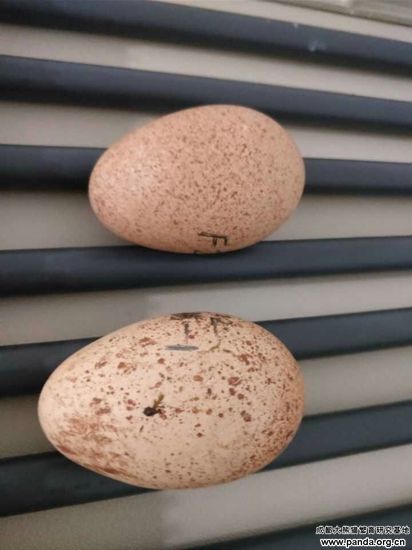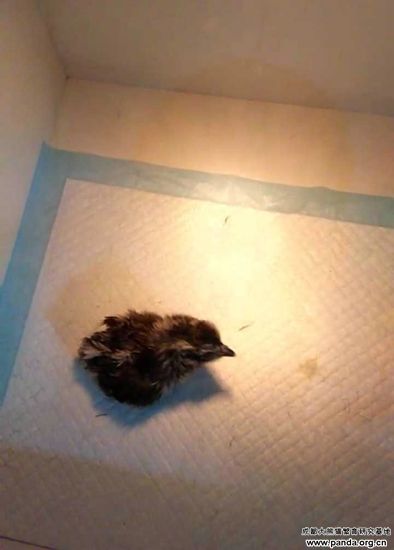| |
 Scientific Research Sowed Hope as the Avian �Giant Pandas� Hatched Scientific Research Sowed Hope as the Avian �Giant Pandas� Hatched
|
 |
5/15/2018

   Scientific Research Sowed Hope as the Avian �Giant Pandas� Hatched The Chinese monal, a large bird unique to China, is a first-class state protection animal and a globally vulnerable species. The discovery of the Chinese monal is as legendary as that of the giant panda. They were both discovered and named by Armand David, a French naturalist in Dengchi Gully, Baoxing County during the same period. The Chinese monal inhabits small slivers of territories, mainly distributed in the alpine belt more than 3,000 meters above sea level in the northwestern part of Sichuan Province, as well as surrounding areas adjacent to Qinghai, Gansu, and Tibet. According to relevant information, the number of existing Chinese monal in the wild is less than 3,000 and is still falling due to threats posed by predators and human activities. Due to the rapid decline of wild populations, protection agencies in China have attempted to carry out rescue conservation efforts via artificial propagation since the 1980s, but this has resulted in little effect. Only 11 Chinese monals of the global cage-reared population are left in the Fengtongzhai National Nature Reserve, Baoxing County at present. In 2017, the Forestry Department of Sichuan Province invited the Chengdu Research Base of Giant Panda Breeding to promote and apply its successful results from giant panda conservation to the Chinese monal. In March 2018, a joint laboratory consisting of the Fengtongzhai National Nature Reserve, Chengdu Research Base of Giant Panda Breeding, and Ecological Research Institute of China West Normal University was established. The Base organized relevant scientific researchers to quickly respond and also actively connect with international protection agencies, while getting up to speed on the Chinese monal. Mr. John Coder, Chairman of the European Pheasant Association and other relevant experts visited the Baoxing Fengtongzhai National Nature Reserve in March of this year. Seizing an opportunity, the Base invited relevant experts to visit and discuss topics like incubation, nutrition supply, feeding management, disease prevention and control, behavior acclimation, and other aspects. It all culminated in the first cage-reared Chinese monal laying an egg on April 4 of this year, which was confirmed fertilized on April 12. With the joint efforts made by the Fengtongzhai National Nature Reserve and researchers of the Base, this fertilized egg was successfully hatched on May 5. This year saw the first cage-reared Chinese monal born in the world. What makes people even happier is that fertilized eggs have been occurring since. The future looks bright with more Chinese monal populating the world.
|

|
 |
|

|